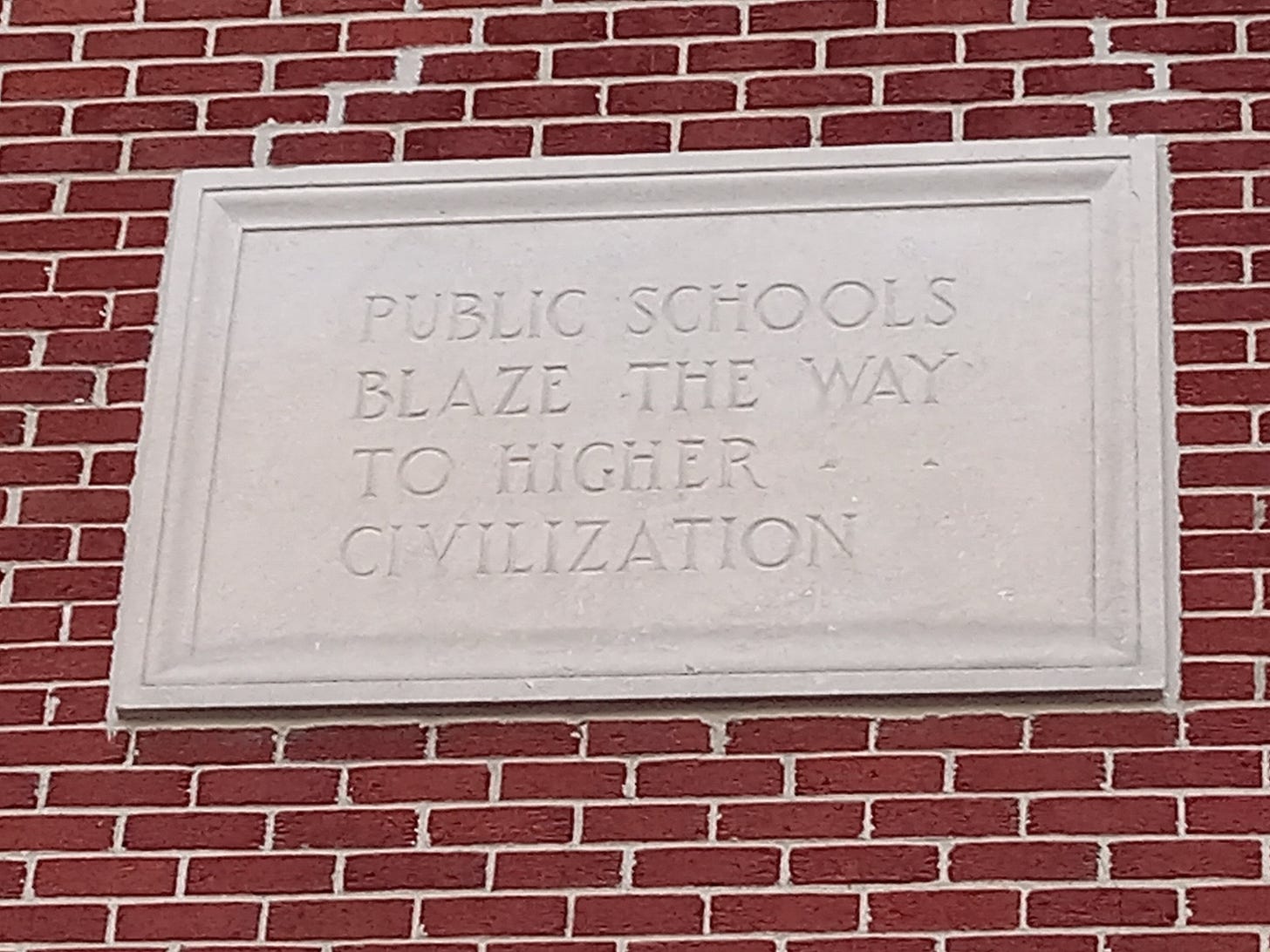Will Troy Finally Get New Schools?
Voters return the ballot box in November for the third time since 2017 to decide new schools
Keep reading with a 7-day free trial
Subscribe to Civic Capacity to keep reading this post and get 7 days of free access to the full post archives.



